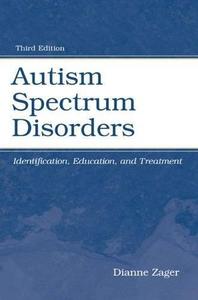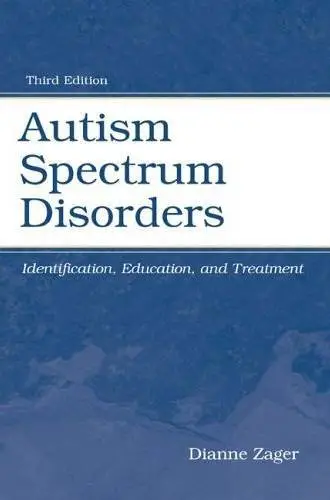Autism Spectrum Disorders: Identification, Education, and Treatment
edited by Dianne Zager
Lawrence Erlbaum Associates | ISBN 0-8058-4578-X | 2005 | 608 pages | 31.0 MB
edited by Dianne Zager
Lawrence Erlbaum Associates | ISBN 0-8058-4578-X | 2005 | 608 pages | 31.0 MB
The field of autism has been growing at an unprecedented rate in recent years. In addition to an actual rise in the number of classic DSM-IV cases, broadened diagnostic criteria have uncovered a wider range of autistic behaviors and ability levels. The third edition of this well-known text continues the mission of its predecessors–to present a comprehensive, readable, up-to-date overview of the field of autism, one that links research, theory, and practice in ways that are accessible to both practitioners and parents. Key features include:
*Expanded Coverage–To accommodate the recent explosion of research, the book has been expanded from 11 to 14 chapters that examine the impact of autism on the individual and the family from infancy through adulthood.
*Expertise–Internationally recognized experts offer cutting-edge treatment and educational information on topics such as early diagnosis, medical treatment, assessment, educational methods, language development, behavior regulation, and family support.
*Neurobiological Research–Comprehensive medical research and treatment chapters provide an understandable overview of neurobiological research and current treatments including when and how medication can be employed as part of a treatment plan.
*Focus on Early Years–Old sections I and III have been combined and a new 3-chapter section on early identification and intervention added.
*Focus on Parents and Families–In addition to a chapter on the evolving role of families, a new chapter addresses family needs during the preschool years.
*Integration of Assessment and Intervention–The chapters on assessment and intervention have been reorganized and more closely integrated in keeping with current thinking about their inter-relatedness.
*Future Directions–Two chapters discuss emerging directions in this exploding field and how to make informed decisions among a variety of approaches.
This book is appropriate for anyone–students, practitioners, or parents–who must provide care for an autistic child.



